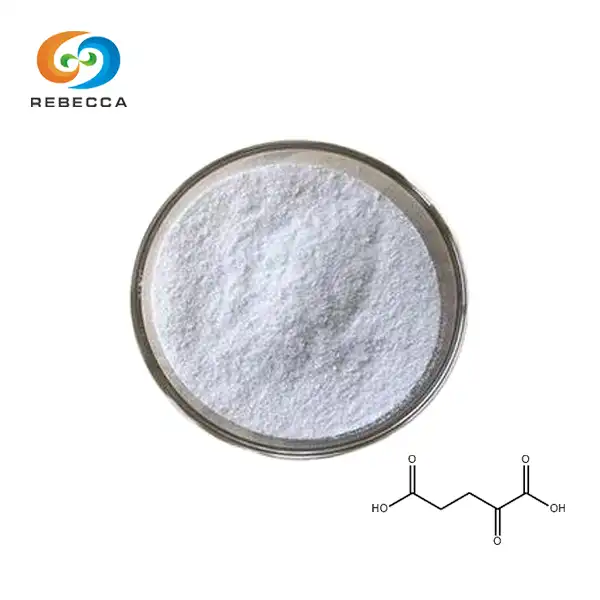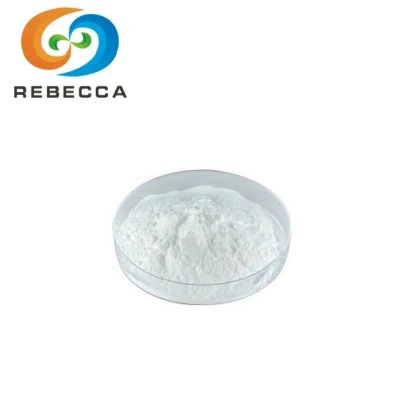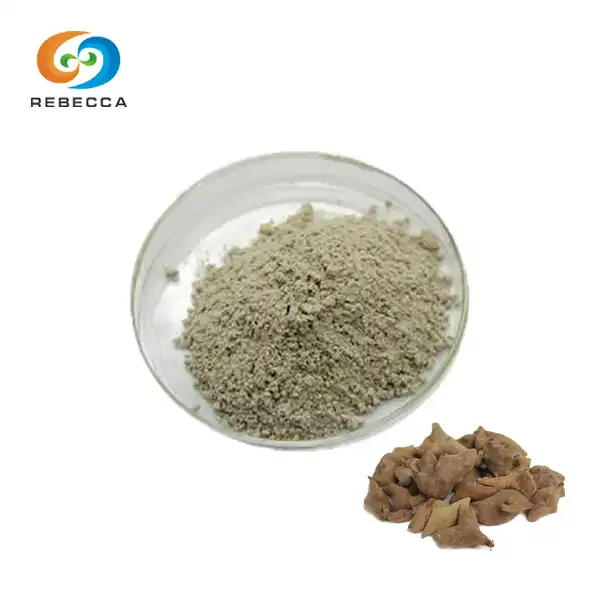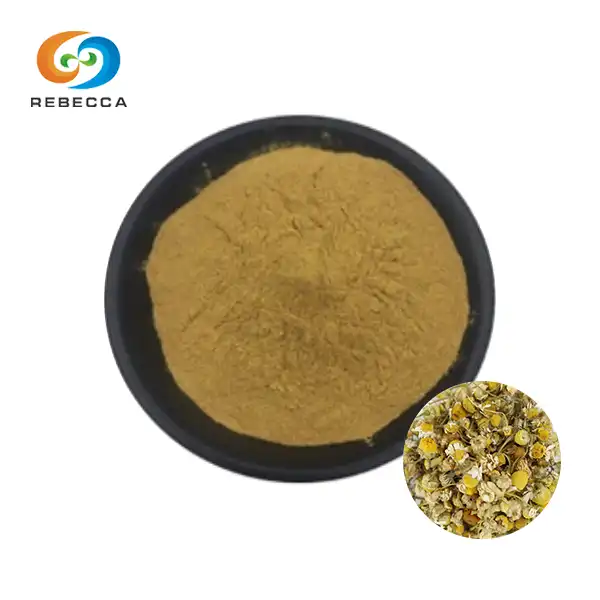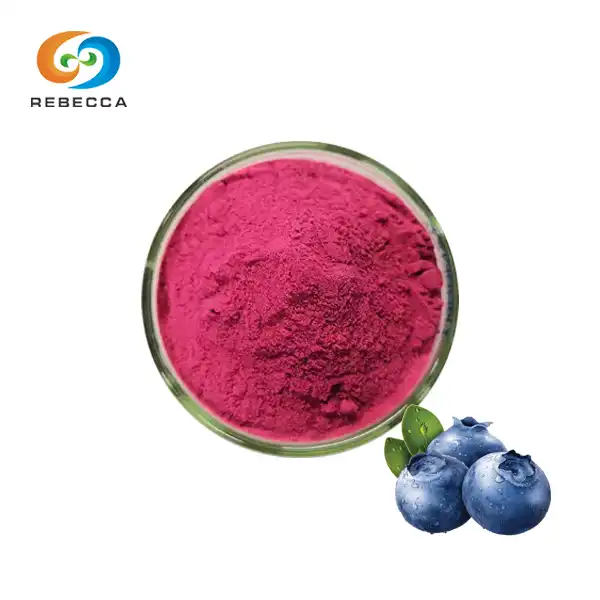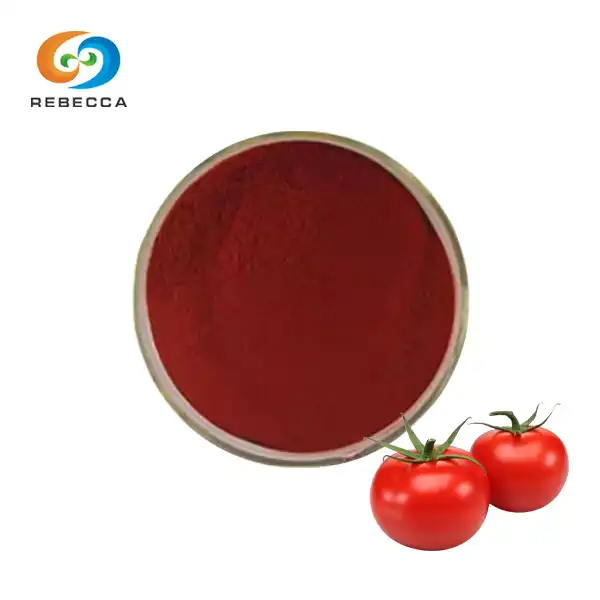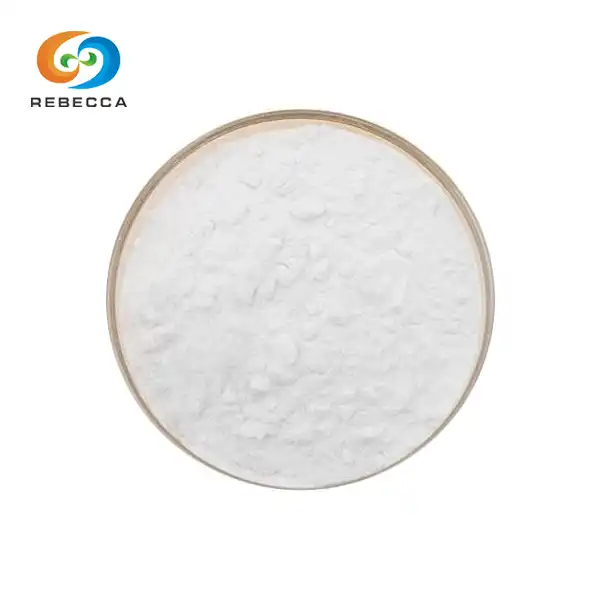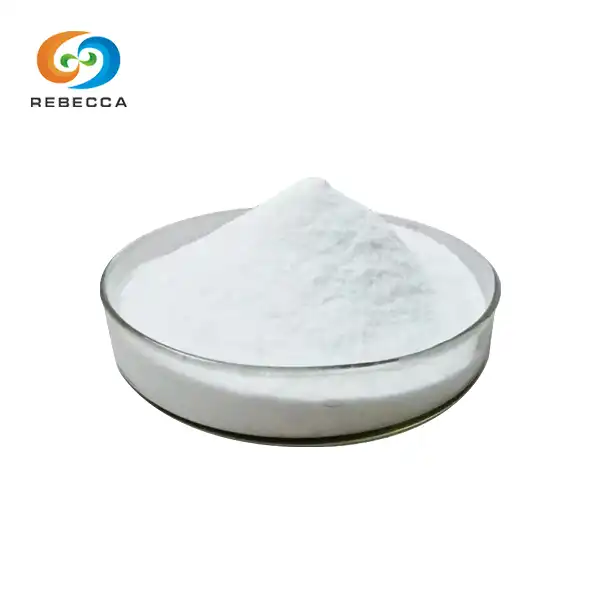How to Choose Micronized Creatine vs Monohydrate?
Choosing between micronized creatine and creatine monohydrate can be a crucial decision for athletes and fitness enthusiasts. The former offers enhanced solubility and potentially improved absorption, making it an attractive option for those seeking quicker results. However, the latter remains the most widely studied and cost-effective form. Your choice depends on factors such as budget, fitness goals, and personal tolerance. This guide will help you navigate the differences and make an informed decision based on your specific needs and preferences.
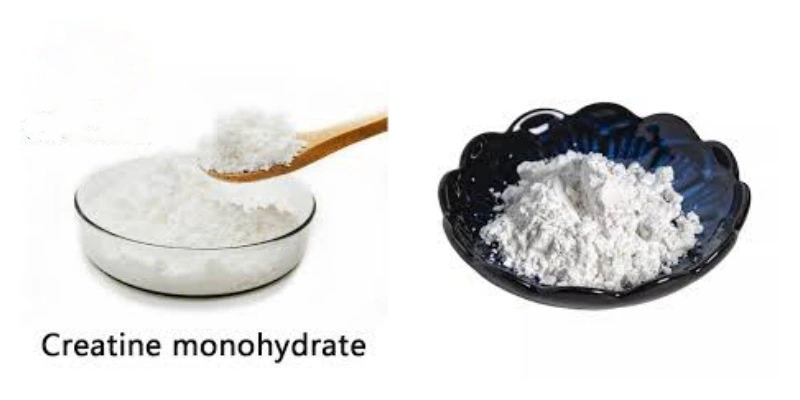
Product Name: Creatine Monohydrate
Creatine Monohydrate PowderSpecification: 99.5%-102.0%, HPLC
CAS: 6020-87-7
Creatine monohydrate Professional Manufacturer and Supplier
Free Sample Available, MSDS Available
Budget Considerations: Price vs. Value
Comparing Cost-per-Serving of Creatine Forms
When evaluating micronized creatine versus creatine monohydrate, cost is often a significant factor. Creatine monohydrate typically offers a lower price point per serving, making it an economical choice for those on a tight budget. Micronized creatine, while generally more expensive, may provide better value for some users due to its finer particle size and potential for improved absorption.
To make an informed decision, calculate the cost per gram of each product. Remember that recommended dosages may vary, so factor this into your calculations. Some users find they need less micronized creatine to achieve similar results, potentially offsetting the higher initial cost.
Long-term Savings: Bulk Purchases and Subscriptions
Consider long-term savings when choosing between creatine forms. Many suppliers offer bulk purchase options or subscription services that can significantly reduce costs over time. These options are available for both micronized creatine and creatine monohydrate.
Bulk purchases often come with a lower price per unit, but ensure you can use the product before its expiration date. Subscription services may offer regular deliveries at discounted rates, ensuring a steady supply while saving money.
Value-Added Benefits: Absorption and Effectiveness
While price is important, value extends beyond mere cost. Micronized creatine's smaller particle size may lead to better dissolution in liquids and potentially improved absorption in the body. This could translate to more efficient use of the product and possibly faster results.
Creatine monohydrate, despite its larger particle size, has a proven track record of effectiveness. Its extensive research backing and consistent results make it a reliable choice for many users. When assessing value, consider factors such as ease of use, potential for gastrointestinal discomfort, and how quickly you expect to see results.
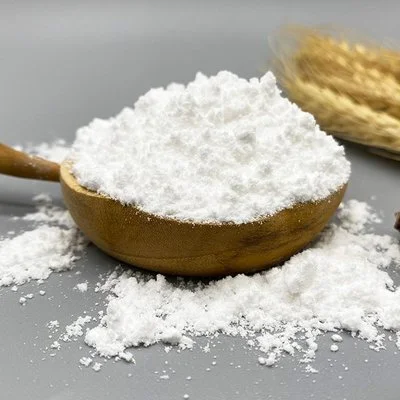
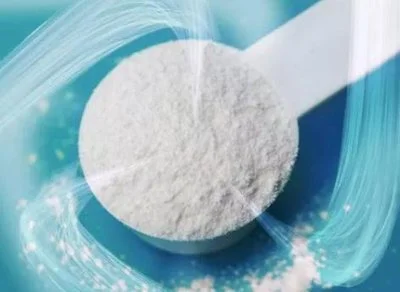
Fitness Goals: Matching Form to Need
Muscle Growth: Micronized vs. Monohydrate Efficacy
Both micronized creatine and creatine monohydrate support muscle growth, but their efficacy may differ slightly. Micronized creatine's finer particles may lead to quicker absorption, potentially resulting in faster initial gains. This could be beneficial for those looking to see rapid changes in muscle volume.
Creatine monohydrate, while possibly slower to show initial results, has consistently demonstrated its ability to increase muscle mass over time. Its proven track record makes it a reliable choice for long-term muscle building goals.
Performance Enhancement: Choosing for Specific Sports
The choice between micronized creatine and monohydrate can vary depending on your specific sport or activity. High-intensity, short-duration activities like weightlifting or sprinting may benefit more from the potential rapid absorption of micronized creatine.
Endurance athletes or those engaged in longer-duration activities might find creatine monohydrate sufficient, as the slight difference in absorption speed becomes less relevant over extended periods. Consider your primary athletic focus when making your selection.
Recovery Boost: Creatine's Role in Post-Workout Regimens
Both forms of creatine play a crucial role in post-workout recovery. Micronized creatine may offer a slight edge in immediate post-workout absorption, potentially kickstarting the recovery process faster. This could be particularly beneficial for athletes with multiple training sessions per day.
Creatine monohydrate, while potentially slower to absorb, still provides effective support for muscle recovery and regeneration. Its proven ability to replenish ATP stores aids in overall recovery, regardless of the slight delay in absorption compared to micronized forms.


Expert Opinions: What Research Suggests
Clinical Studies: Micronized Creatine vs. Monohydrate
Numerous clinical studies have examined the effects of both micronized creatine and creatine monohydrate. While creatine monohydrate has the most extensive research backing, studies on micronized creatine show promising results in terms of absorption and effectiveness.
Research published in the Journal of the International Society of Sports Nutrition suggests that both forms effectively increase muscle creatine content. However, some studies indicate that micronized creatine may lead to fewer reports of gastrointestinal discomfort, potentially improving adherence to supplementation regimens.
Bioavailability: Absorption Rates of Different Forms
The bioavailability of creatine is a crucial factor in its effectiveness. Micronized creatine, with its smaller particle size, theoretically offers improved dissolution in liquids and potentially enhanced absorption in the gut. This could lead to more efficient uptake by muscle cells.
Creatine monohydrate, despite its larger particle size, has demonstrated consistently high bioavailability in numerous studies. While it may not dissolve as readily in liquids, its absorption rate remains highly effective for the majority of users.
Safety Profiles: Long-term Use Considerations
Both micronized creatine and creatine monohydrate have strong safety profiles for long-term use. Extensive research, particularly on creatine monohydrate, has shown no significant adverse effects with prolonged supplementation when used as directed.
Micronized creatine, while having fewer long-term studies, is essentially the same compound as creatine monohydrate, just in a finer form. As such, it is generally considered to have a similar safety profile. However, as with any supplement, individual responses may vary, and consulting with a healthcare professional is advisable before starting any new regimen.
Choosing between micronized creatine and creatine monohydrate ultimately depends on your individual needs, preferences, and goals. Both forms offer significant benefits for muscle growth, performance enhancement, and recovery. Micronized creatine may provide advantages in terms of solubility and potential absorption, while creatine monohydrate offers a more cost-effective option with extensive research backing. Consider your budget, fitness objectives, and personal tolerance when making your decision. Whichever form you choose, consistent use and proper dosing are key to experiencing the full benefits of creatine supplementation.
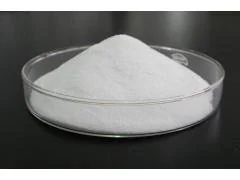
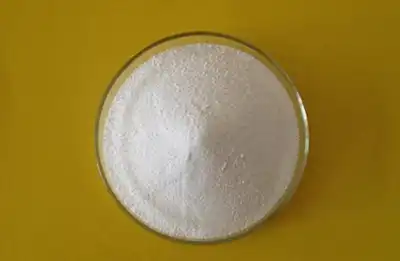
Wholesale Bulk Creatine Monohydrate Powder
Shaanxi Rebeccia stands at the forefront of production, utilizing state-of-the-art extraction, separation, and purification equipment. Our facilities adhere strictly to GMP and ISO standards, ensuring the highest quality products. We maintain rigorous quality control measures throughout the entire production process, from raw material sourcing to final product delivery. This commitment guarantees the safety and efficacy of our product.
As a leading supplier of pure creatine monohydrate powder in China, we offer professional-grade products with the following specifications:
- Specification: 99.5%-102.0%, HPLC
- CAS: 6020-87-7
We pride ourselves on being a reliable manufacturer and supplier, offering free samples and MSDS documentation upon request. For inquiries or to discuss your needs, contact us at information@sxrebecca.com.
References
- Kreider, R.B., et al. (2017). International Society of Sports Nutrition position stand: safety and efficacy of creatine supplementation in exercise, sport, and medicine. Journal of the International Society of Sports Nutrition, 14, 18.
- Jäger, R., et al. (2011). Analysis of the efficacy, safety, and regulatory status of novel forms of creatine. Amino Acids, 40(5), 1369-1383.
- Cooper, R., et al. (2012). Creatine supplementation with specific view to exercise/sports performance: an update. Journal of the International Society of Sports Nutrition, 9(1), 33.
- Rawson, E.S., et al. (2011). Effects of creatine supplementation and resistance training on muscle strength and weightlifting performance. Journal of Strength and Conditioning Research, 25(12), 3228-3234.
- Buford, T.W., et al. (2007). International Society of Sports Nutrition position stand: creatine supplementation and exercise. Journal of the International Society of Sports Nutrition, 4, 6.
